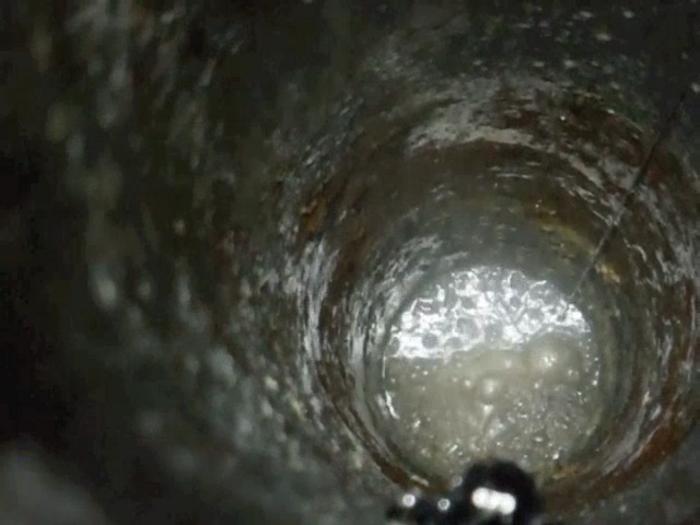In a groundbreaking stride toward a cleaner energy future, an international collaboration between the University of Oxford, Durham University, and the University of Toronto has unveiled revolutionary insights into natural hydrogen accumulation beneath the Earth’s surface. Published in the esteemed journal Nature Reviews Earth & Environment, this research deciphers the complex geological tapestry that governs the generation, migration, and preservation of natural hydrogen, heralding a potential energy revolution with profound environmental and economic implications.
Hydrogen has long been hailed as the quintessential clean fuel, emitting nothing but water when consumed. However, the dominant production methods today rely heavily on hydrocarbons, contributing significantly to global carbon dioxide emissions. The urgent quest for low-carbon hydrogen sources has led scientists to reexamine the Earth itself as a bountiful hydrogen reservoir formed naturally over geological timescales. This fresh research brings to light that within the Earth’s continental crust lies sufficient hydrogen gas to theoretically satisfy human energy needs for over 170,000 years.
Decoding this hidden trove involves more than mere detection. The study meticulously outlines the fundamental “ingredients” necessary for hydrogen generation and accumulation within the crust. These include specific rock types rich in chemical reactants, groundwater presence enabling critical geochemical interactions, and geological conditions favorable for hydrogen migration and entrapment. Essentially, the Earth’s own geology acts as a vast chemical reactor where water-rock reactions produce hydrogen, which then traverses subsurface pathways to accumulate in economically exploitable reservoirs.
A significant technical advancement detailed by the team is the development of an exploration framework analogous to strategies historically applied in helium prospecting. This framework emphasizes a first-principles approach considering thermodynamic and kinetic constraints governing hydrogen production rates, migration pathways, reservoir sealing effectiveness, and microbial consumption rates underground. The study reveals that microbial communities, which consume hydrogen as an energy source, represent a key variable influencing the preservation of hydrogen accumulations over geological timescales.
By mapping the global distribution of geological settings conducive to hydrogen generation and accumulation, the researchers have illuminated an extensive array of potential exploration targets. From shield regions like the Canadian Precambrian terrains to sedimentary basins with unique geochemical environments, the ingredients for hydrogen “cookbooks” appear widely dispersed across continents. This broad availability suggests natural hydrogen could emerge as a cornerstone in the global transition away from fossil fuels, enabling truly low-carbon industrial and energy sectors.
The economic projections underpinning this research are staggering. While the hydrogen market currently stands at $135 billion, fueled largely by ammonia production and refining, forecasts suggest it could escalate to as high as $1 trillion by 2050. Securing sustainable and emission-free hydrogen supplies is therefore not only an environmental imperative but also a strategic economic priority. The discovery of repeatable exploration strategies for natural hydrogen deposits signals the possibility of unlocking massive reserves that bypass the carbon-intensive extraction methods currently used.
Technically, the paper delves into the nuanced geochemical mechanisms that produce hydrogen under the Earth’s surface. For instance, certain ultramafic rocks rich in iron-bearing minerals react with infiltrating groundwater in a process known as serpentinization, liberating molecular hydrogen. Additionally, radiolysis — the dissociation of water molecules induced by natural radioactive decay — contributes further hydrogen, especially in deep crystalline rocks. The interplay of these reactions, modulated by rock composition, porosity, temperature, and fluid flow, orchestrates the complex hydrogen generation landscape.
The path forward entails refining experimental measurements of key parameters such as reaction efficiencies, hydrogen flux rates, and geological histories that coalesce to concentrate hydrogen in accessible forms. Integration of cutting-edge geophysical survey methods with geochemical fingerprinting will enhance predictive capabilities, reducing exploration risks. This data-driven approach aims to replicate successful “recipes” for hydrogen accumulation across diverse geological settings, transitioning from exploratory pilots to large-scale resource exploitation.
In conclusion, this transformative research heralds a new paradigm in clean energy sourcing, positioning natural hydrogen reserves as a strategically vital and environmentally sustainable alternative to fossil-derived hydrogen. With validated geological models and emerging exploration technologies, the world stands on the cusp of harnessing Earth’s innate hydrogen stores, potentially revolutionizing energy systems while significantly mitigating greenhouse gas emissions. As global demand for hydrogen surges, the unlocking of natural geological hydrogen resources could chart a course toward a truly sustainable and carbon-neutral energy future.
Subject of Research: Natural hydrogen accumulation in the Earth’s continental crust and its potential as a clean energy resource.
Article Title: Natural hydrogen resource accumulation in the continental crust
News Publication Date: 13-May-2025
Web References: http://dx.doi.org/10.1038/s43017-025-00670-1
Image Credits: Stable Isotope Lab, University of Toronto
Keywords
Natural hydrogen, clean energy, geological hydrogen, hydrogen accumulation, serpentinization, radiolysis, hydrogen exploration, low-carbon energy, subsurface microbiology, hydrogen migration, geological traps, energy transition
Tags: Durham University collaborationEarth’s hydrogen reservoirsenvironmental implications of hydrogen energygeological factors for hydrogen accumulationhydrogen as clean fuelhydrogen generation and migrationlow-carbon hydrogen sourcesnatural clean hydrogenrevolutionary insights in energy researchsustainable energy revolutionUniversity of Oxford researchUniversity of Toronto study





